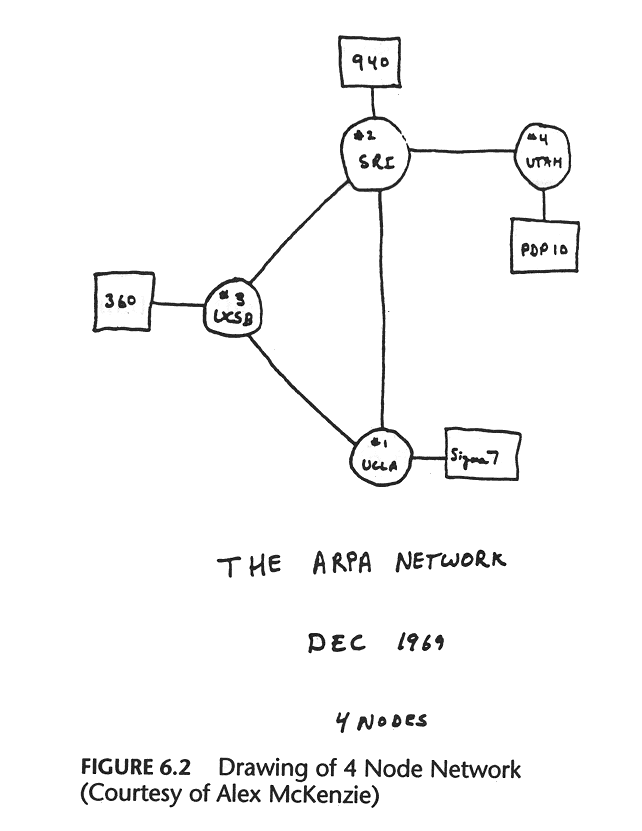0
Engineering students need a computer that is portable, has good CPU speed, lots of memory, great graphics, and is affordable, which means that the laptops useful for most students simply won’t be the best computer for engineering students. Ironically, the laptops that make the best computers for students in engineering are gaming computers.
Why Gaming Computers are the Best Computers for Engineering Students
The reason why gaming laptops tend to be the best computers for engineering students is because the features that make these laptops good for gaming are also the same features that engineering students need, including:
- A fast CPU speed
- Plenty of hard drive memory
- At least 8GB of RAM
- Wi-Fi and Bluetooth connectivity
- Excellent graphics
- Reasonable cost
While good gaming computers aren’t cheap, unless someone is a real hardcore gamer, gaming computers can be acquired for between $1,000 and $2,000, which is cheaper and much more portable than a workstation for engineering students. In addition, while great for completing engineering tasks, gaming computers will also allow engineering students to play games, as well as do all the things that regular laptops do.
This allows engineering students to save and share their work, as well as use the Continue reading



